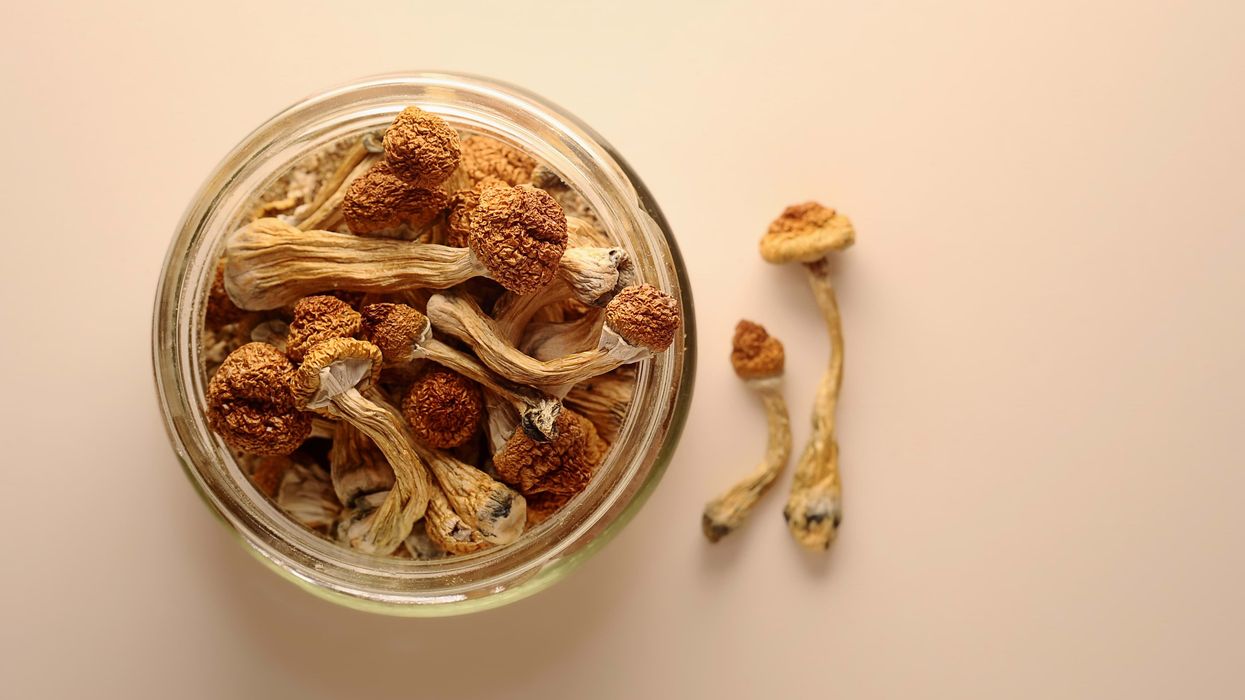Delta-8 THC is one of the most popular new cannabis products on the market. It’s widely available in a variety of formats and has some pretty incredible benefits. Although different from its counterpart, delta-9, it is still a member of the THC family. That said, will it show up on a THC drug test? And how long does delta-8 stay in your system? Read on to learn more about delta-8 and how to prepare to pass a drug test.
What is Delta-8 THC?
Delta-8 THC is a minor cannabinoid that is gaining popularity for its similar effects to delta-9 THC — the active cannabinoid responsible for the feeling of getting “high” when consuming marijuana. When delta-9 THC degrades, it naturally breaks down into delta-8 THC. Technically speaking, delta-8 is an analog of delta-9, similar in molecular structure but with some noticeable differences.
Although delta-8 is present in marijuana in small amounts, it’s most often extracted from hemp. Delta-9 THC is only available in states with an adult-use or medical marijuana program, but delta-8 is widely available since hemp has been legal nationwide since 2018. The Farm Bill allows for the growth and sale of hemp products so long as they contain less than 0.3% THC. Delta-8 is less potent than delta-9, but with many of the same positive therapeutic benefits. It’s an especially great option for those living in a state without a regulated cannabis program.
Since delta-8 is a form of THC, it will most likely show up on a drug test. Standard drug panels are screening for any THC metabolites and are not yet sophisticated enough to determine the original source. Delta-8 and delta-9 both break down the same way, and,therefore ,be present as THC, regardless of whether you smoked weed or hemp.
How Long Does Delta-8 Stay in Your System?
If you’ve recently consumed hemp and are wondering how long does it take to pass a delta-8 THC test, the answer varies from person to person. If you are concerned about a drug test, the best thing to do is stop all use immediately and consider using a detox kit or detox drink if you are short on time before the test. Note that several factors affect how long it takes the body to detoxify from THC, and no two bodies are alike.
How Long Until You Can Pass a Drug Test?
To answer this question, first, consider the various physiological factors that affect detection time. Age, weight, metabolism, dosage, and frequency of use all play a role in determining how long it takes to pass a drug test. For example, since THC binds to fat cells, a person with more body fat may take longer to purge THC than a person with less. Also, a person with a higher metabolism may burn fat faster than someone with a naturally slower metabolism.
Additionally, the type of test makes a big difference in detection time. A blood or saliva test is less common when testing for THC, but in that event, expect to see a positive test if you’ve used any delta-8 products in the last day or two. Urinalysis is the most common THC test, and metabolites can be present for as little as five days or as much as 30 for heavy, frequent users.
Extent of Delta-8 THC Effects
Delta-8 is psychoactive, meaning that it affects the mind. However, because of how it works with the CB1 receptor in the endocannabinoid system (ECS), the physical and mental effects are significantly less intense than delta-9. Because of the difference in molecular structure, delta-8 binds differently to the CB1 receptor, which is responsible for mediating the psychotropic properties of THC. This tends to produce similar effects to delta-9, but much milder. Users report feeling relaxed, happy, and slightly euphoric, with a decrease in physical pain and tension. These benefits are coupled with a more clear-headed high and less propensity to produce uncomfortable side effects like anxiety.
Delta-8 does share some side effects with delta-9, such as dry mouth and eyes, increased appetite, and mild paranoia. These effects will vary from person to person and may not be present at all. Factors like set and setting may contribute to the overall experience and dosage and consumption method.
Consumption Method
Not all hemp and marijuana products are dosed equally, nor will they affect everyone the same way. Some people tend to get the highest from edibles, while others feel more potent effects from a concentrate or extract. There are so many different products available today, and trying out new ones can be fun! Keep in mind the significant differences in potency and note how a specific dose affects you. Although delta-8 and delta-9 vary in effect, the onset time and duration tend to be quite similar per consumption method.
Cartridge or Vape
Cartridges are small containers filled with a cannabis concentrate. They are made by extracting (or concentrating) marijuana or hemp flower into a more potent smokable product. This method removes plant waxes and plant matter, but preserves the cannabinoids and terpenes. The oil inside a cartridge is vaporized with a heating element and the vapor is inhaled through the tip of the cartridge. Vaping will produce its initial effects within minutes, with full effects taking roughly 60-90 minutes. The overall high may last between four to five hours.
Sublinguals
Sublinguals typically come in a tincture and are also available in a thin film strip (like a Listerine strip), mint, or another small dissolvable format. When held under the tongue, the cannabinoids activate the sublingual delivery system and quickly enter the bloodstream through the mouth’s soft tissues. Sublinguals are convenient and discreet, and effects begin within 10 minutes and last for anywhere between two to three hours.
Edibles
Edibles are a fun way to use any cannabis product and tend to produce steady, reliable results. While gummies are the most popular format, there is no limit to what kind of foods or drinks can contain cannabis. Try out a baked good, hot sauce, beverage, chocolate bar, or even a cake pop. Edibles take the longest to kick in, but effects last longer than other consumption methods. Within 30 minutes, the physical effects start to take hold, and peak within one and a half to two hours. The overall experience may last between six and eight hours.
Successful Ways to Detox from Delta-8 THC
First and foremost — stop all use immediately so the body can begin to detoxify naturally. THC is flushed out via urine, so it’s essential to stay hydrated and drink plenty of water. When a natural detox doesn’t provide enough reassurance that you will pass an upcoming drug test, there are several options to consider.
A full-body 10 day detox will rid any THC metabolites and other toxins with the use of supplements and a dietary guide. On shorter notice, 5 day detox will produce the same results and include home test kits to check your progress. Unfortunately, drug tests can pop up at random with little notice, in which case it’s best to keep a 24 hour detox on hand for a quick cleanse.
Final Thoughts
Delta-8 provides a lot of benefits, and many people prefer it to delta-9 for its softer effects. For light or occasional users, delta-8 will leave your system in a week or so, and you need not worry unless you have a drug test coming up. Even though hemp is legal, delta-8 is still in a legal gray area and could land you in trouble if you need to take a drug test. Having options for a quick, safe, and reliable detox will hopefully provide a greater sense of security should you find yourself facing a drug test.
Need a little more Bluntness in your life? Subscribe for our newsletter to stay in the loop.
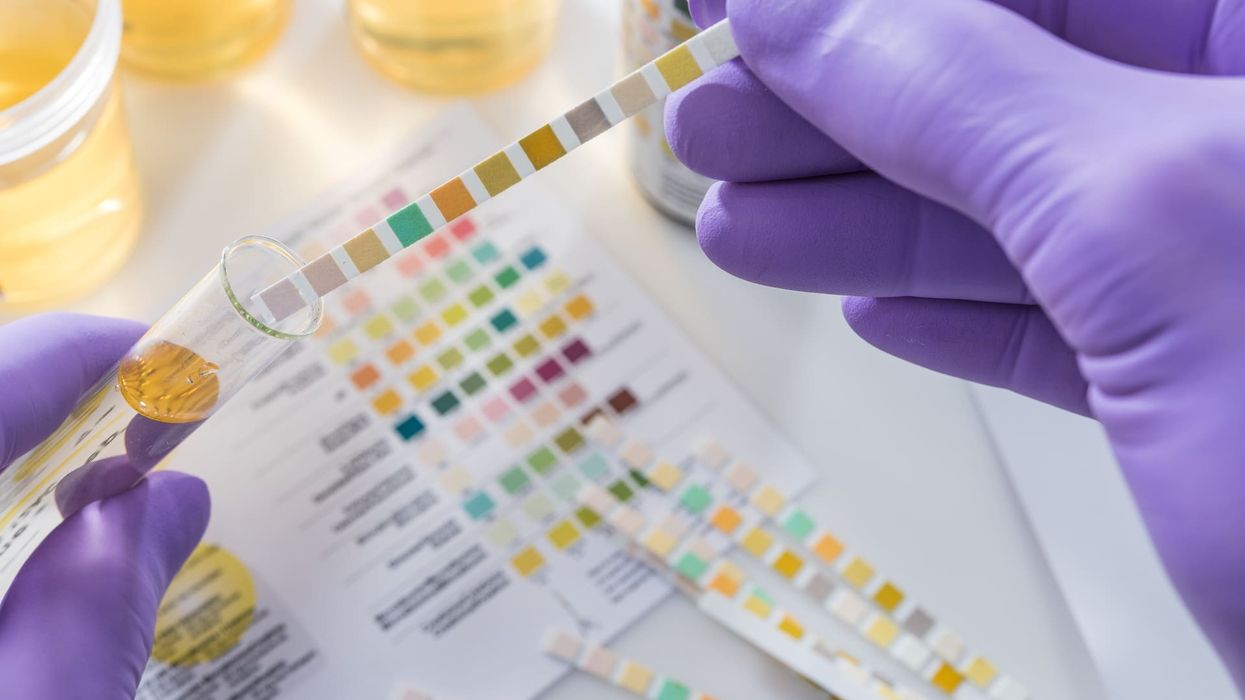

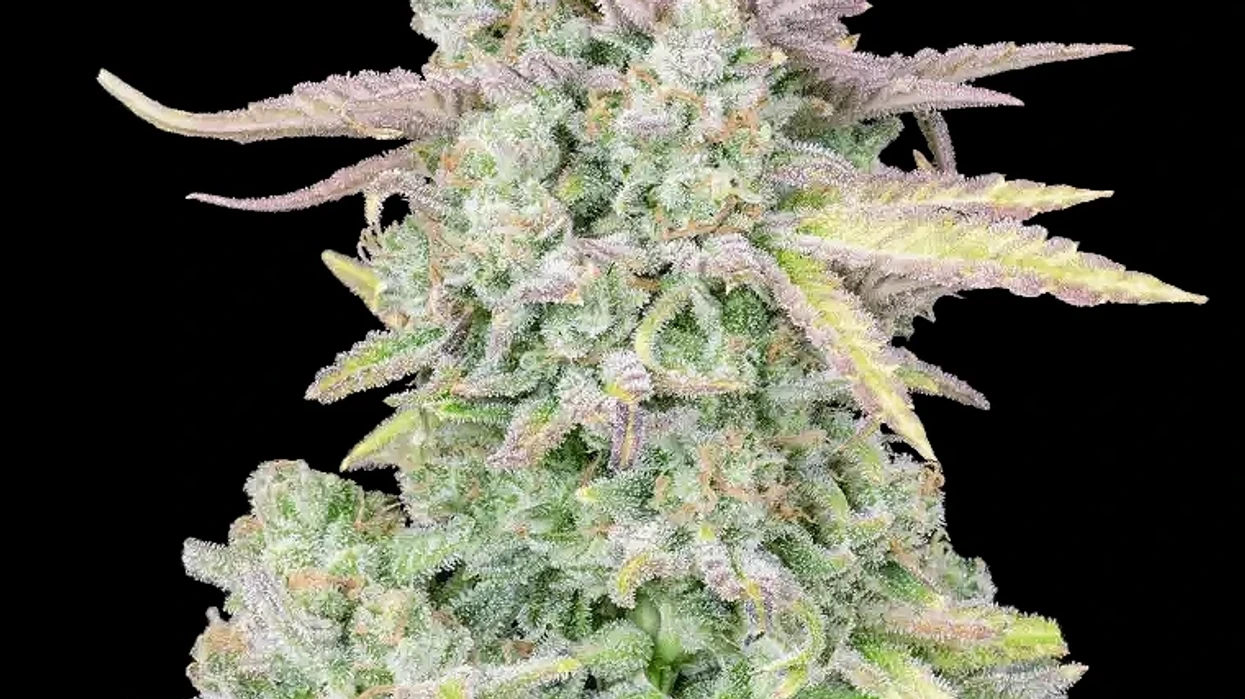




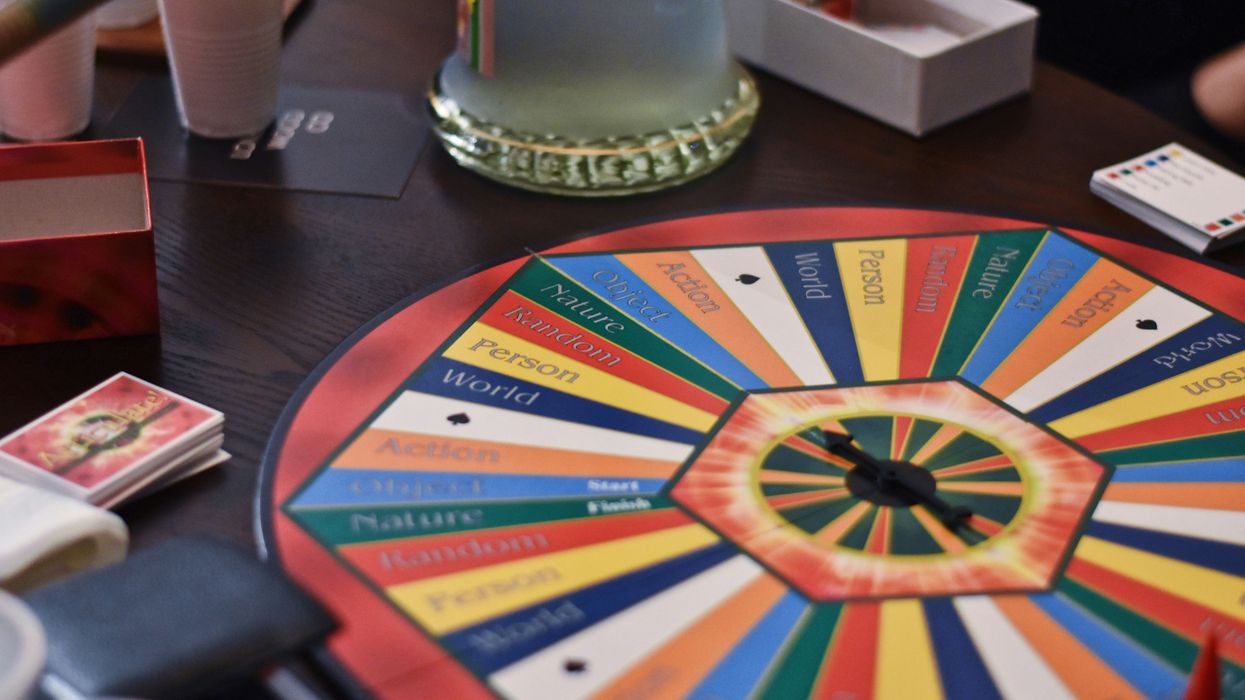
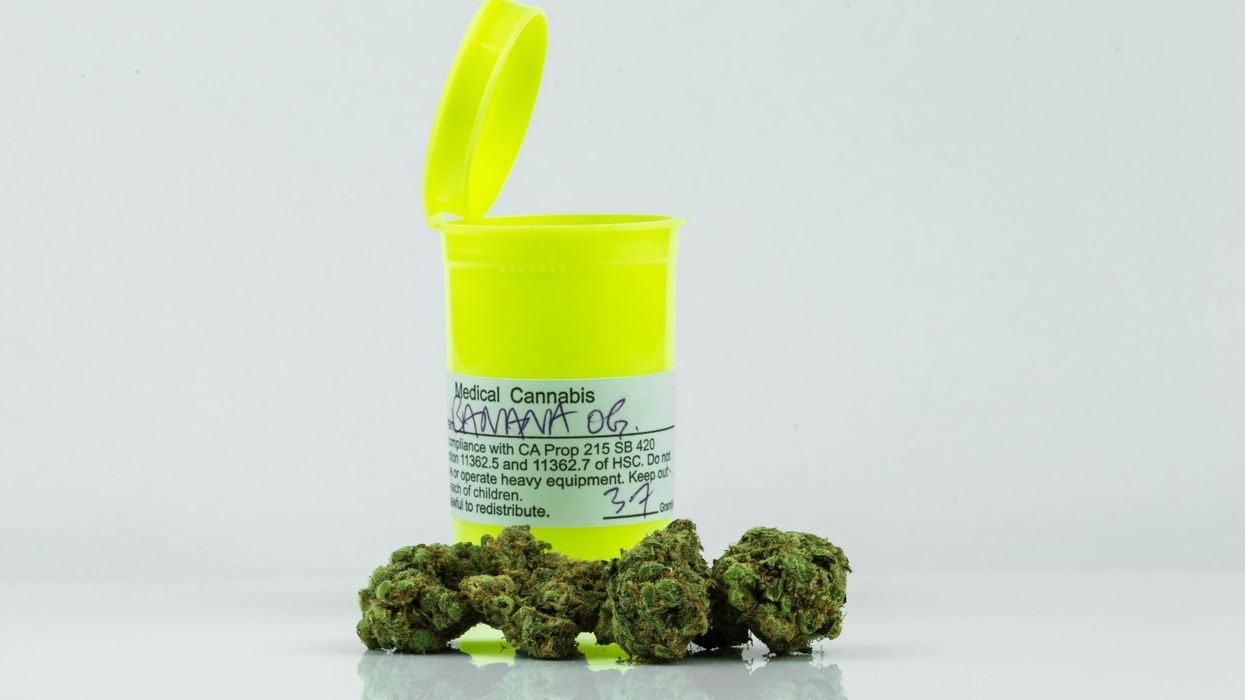
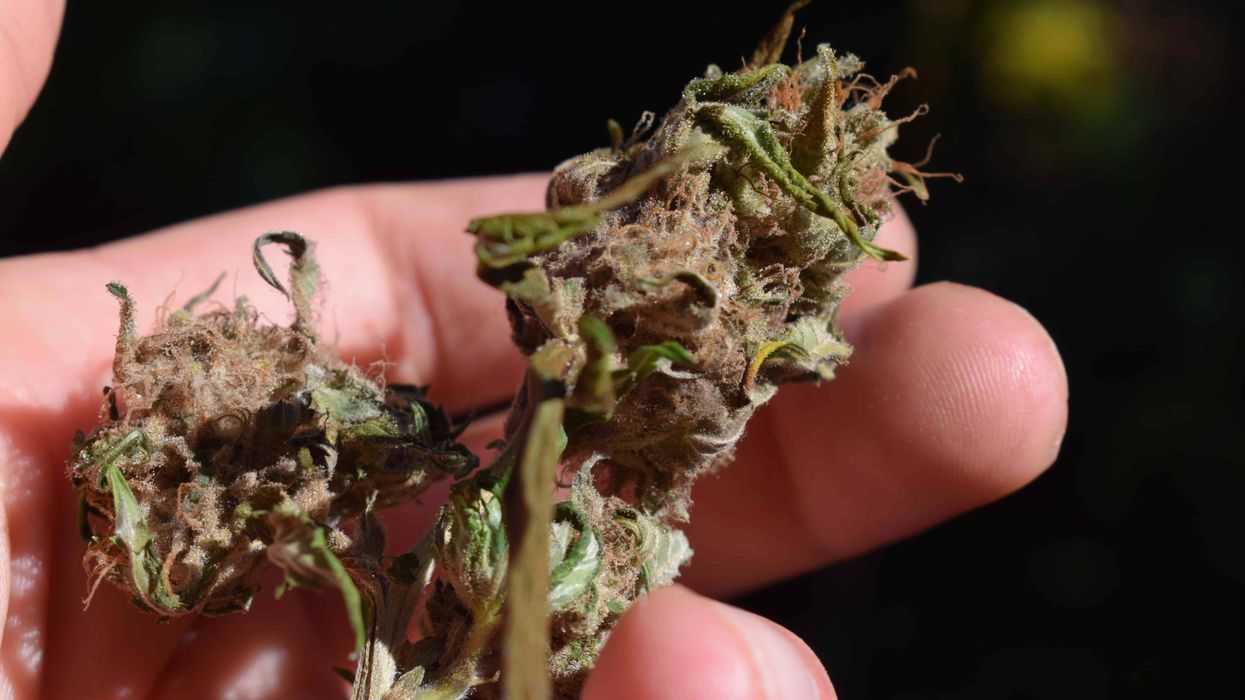
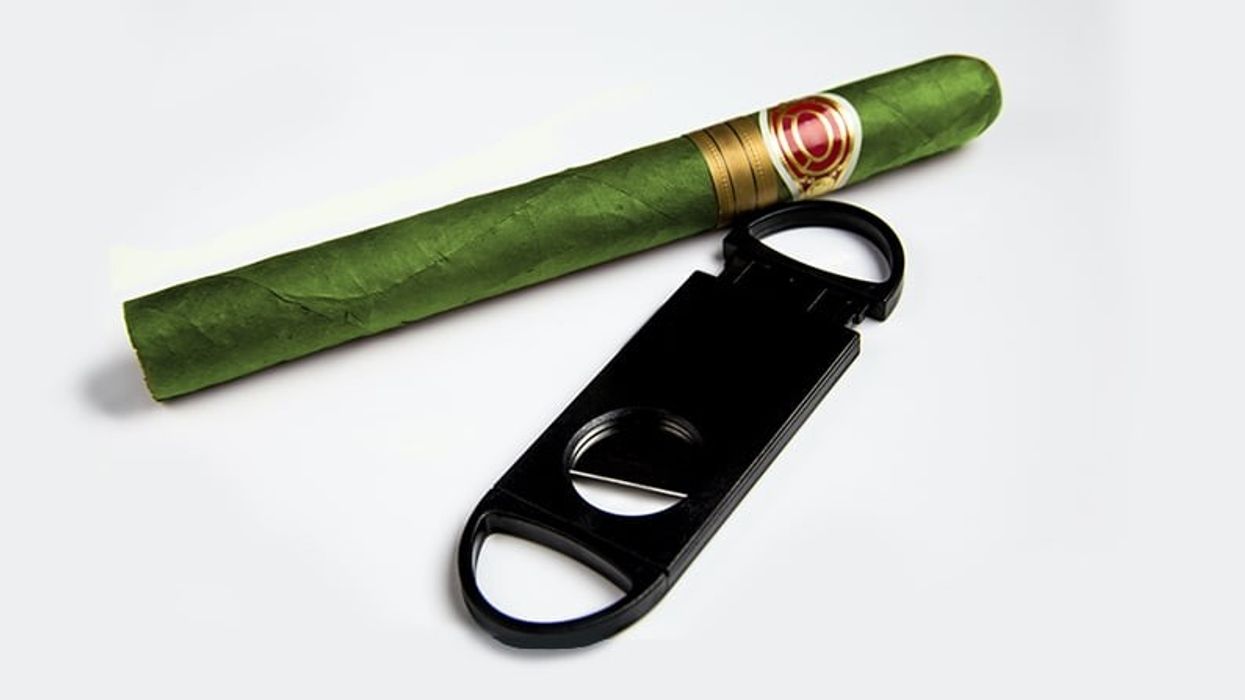
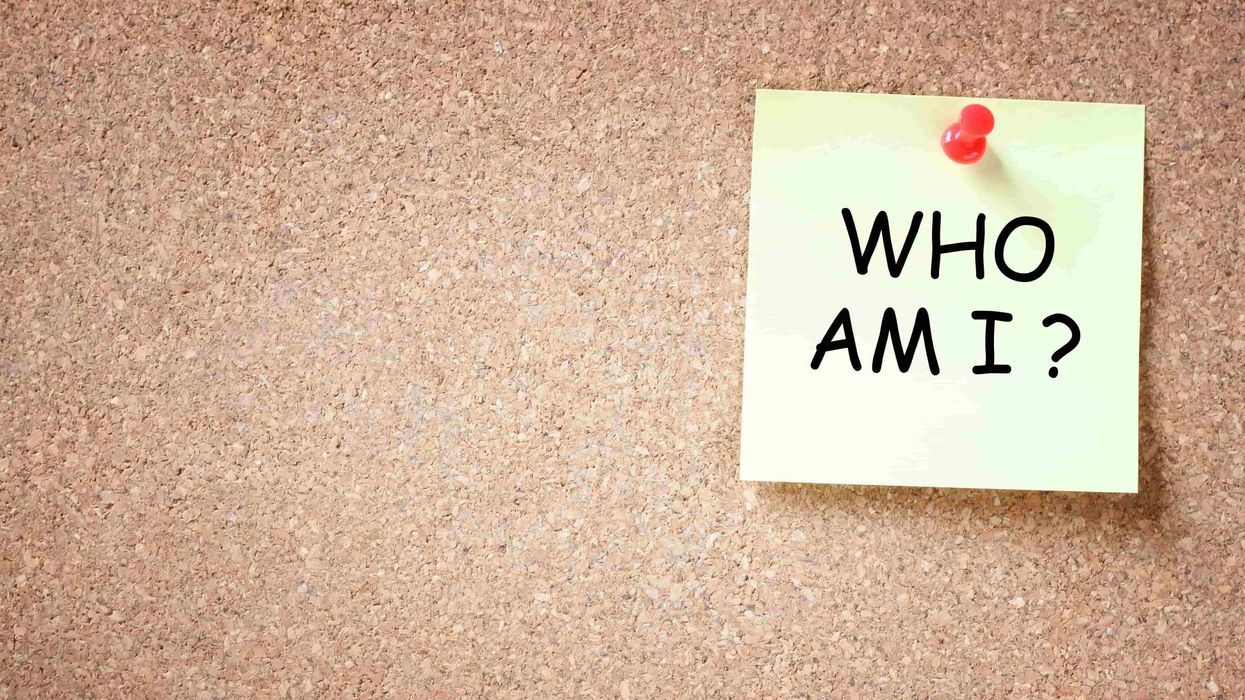
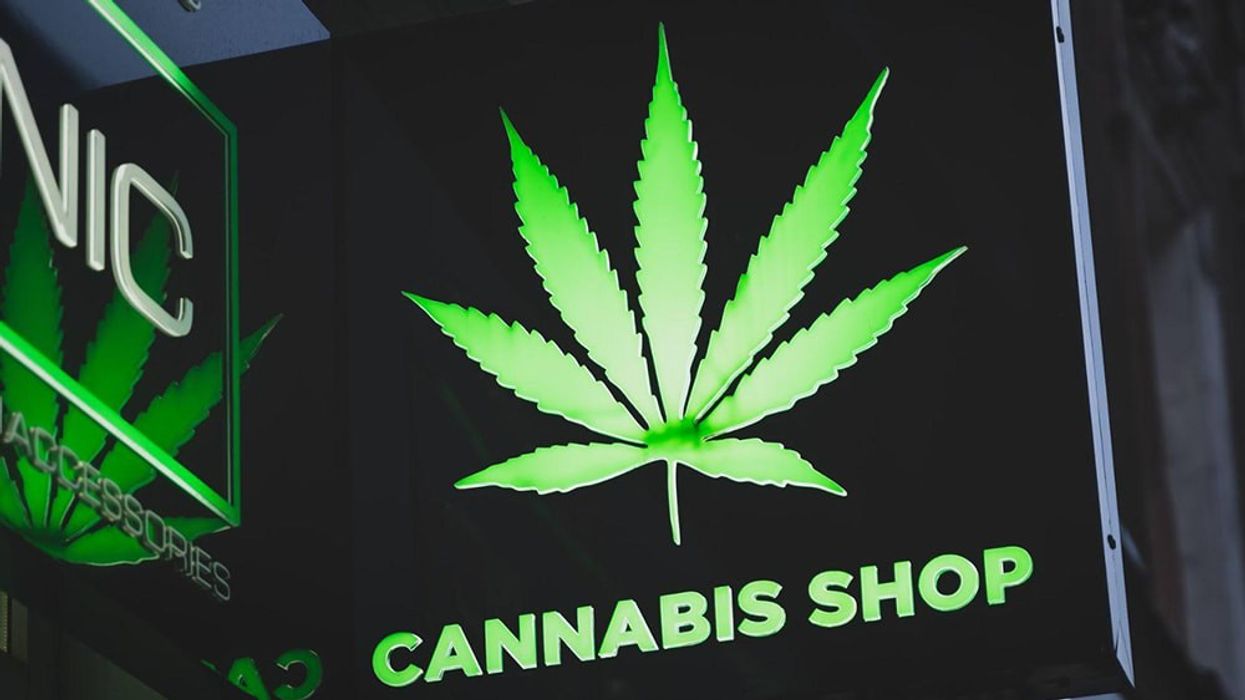

 Justin Timberlake Eye Roll Gif By Agent M Loves Gif - Find & Share on GIPHYAgent M Loves Gifs
Justin Timberlake Eye Roll Gif By Agent M Loves Gif - Find & Share on GIPHYAgent M Loves Gifs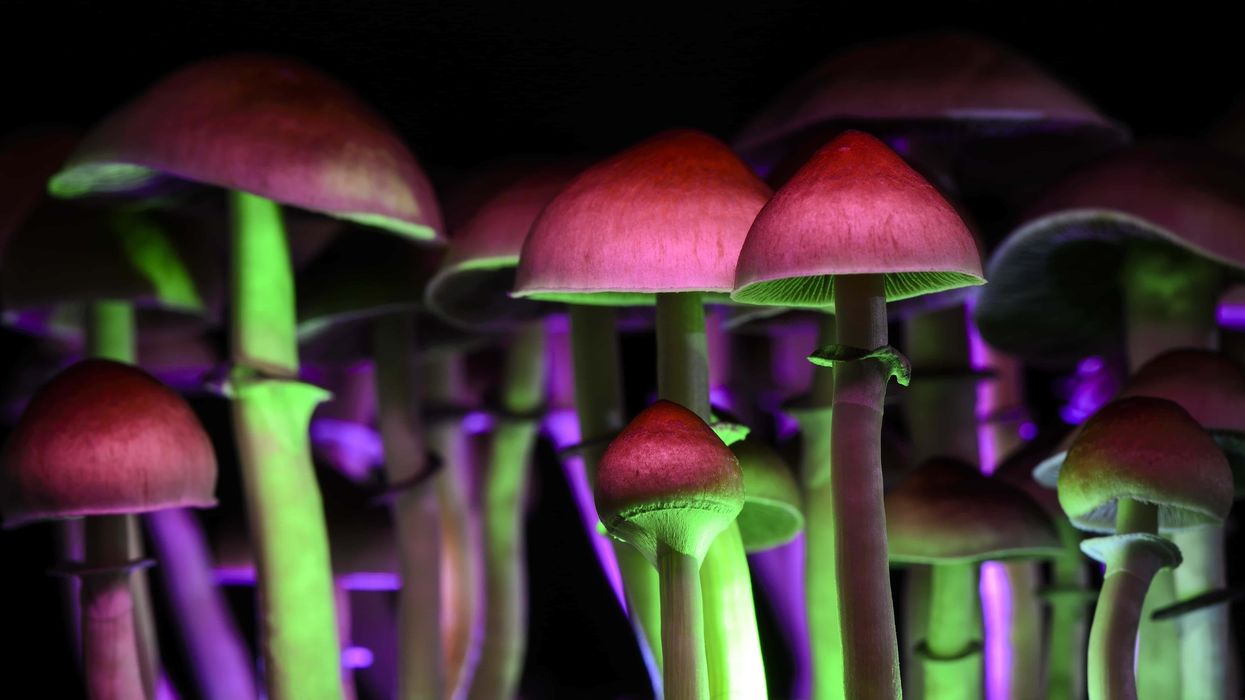
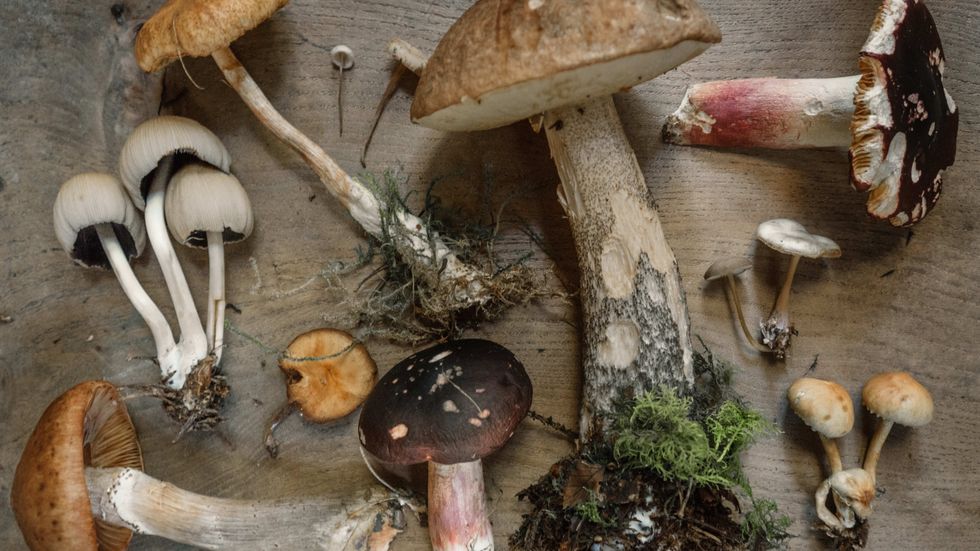 How Long Do Shrooms Last? Magic Mushroom Guide for Beginners - The Bluntness
How Long Do Shrooms Last? Magic Mushroom Guide for Beginners - The Bluntness Psilocybin can provide a life-altering experience. -The Bluntness
null
Psilocybin can provide a life-altering experience. -The Bluntness
null
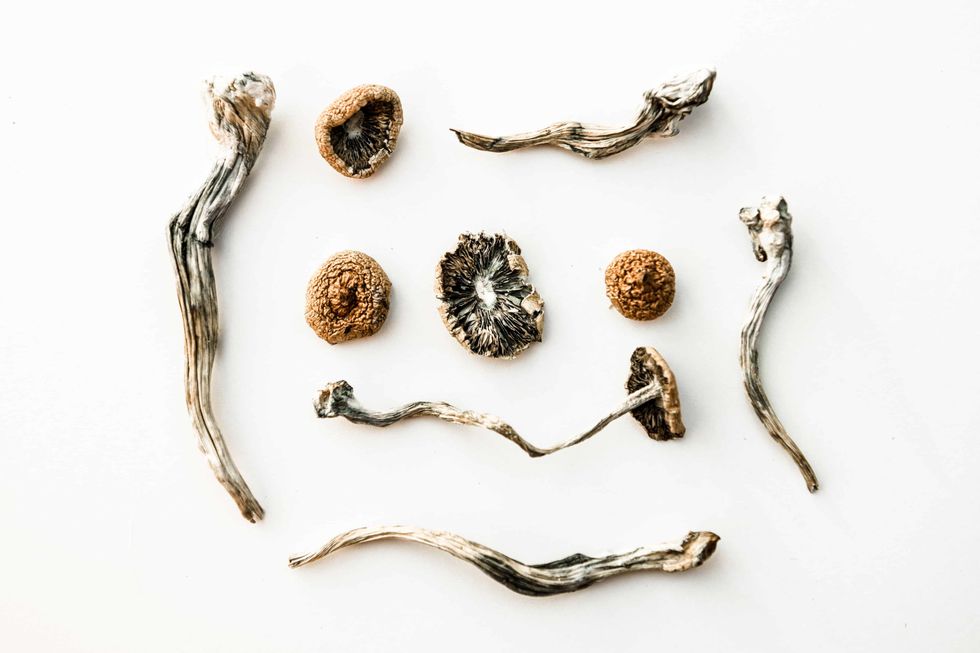 “Don’t diddle the dose. Once you have done your homework, go for it.” -- Terence McKenna
The Bluntness
“Don’t diddle the dose. Once you have done your homework, go for it.” -- Terence McKenna
The Bluntness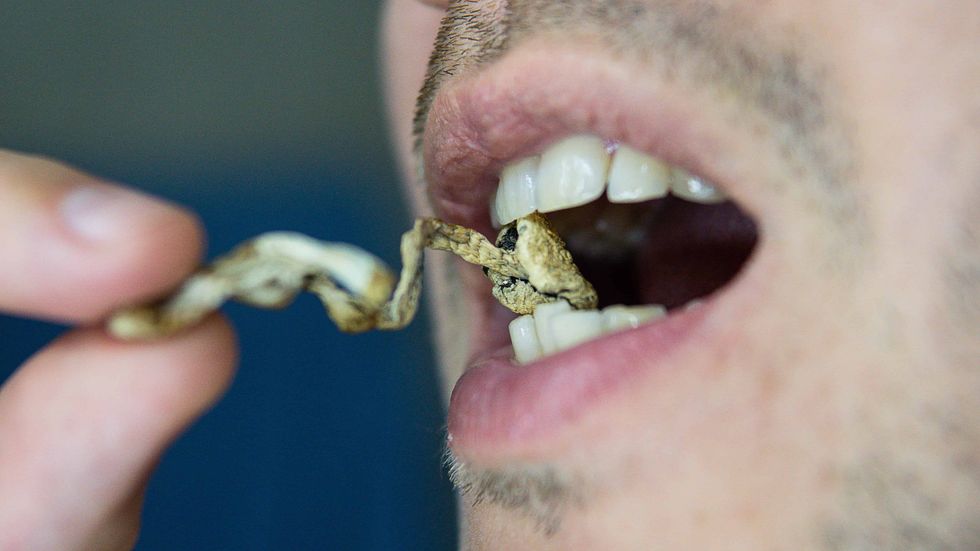 These mushrooms taste gross, but there are ways around that.The Bluntness
These mushrooms taste gross, but there are ways around that.The Bluntness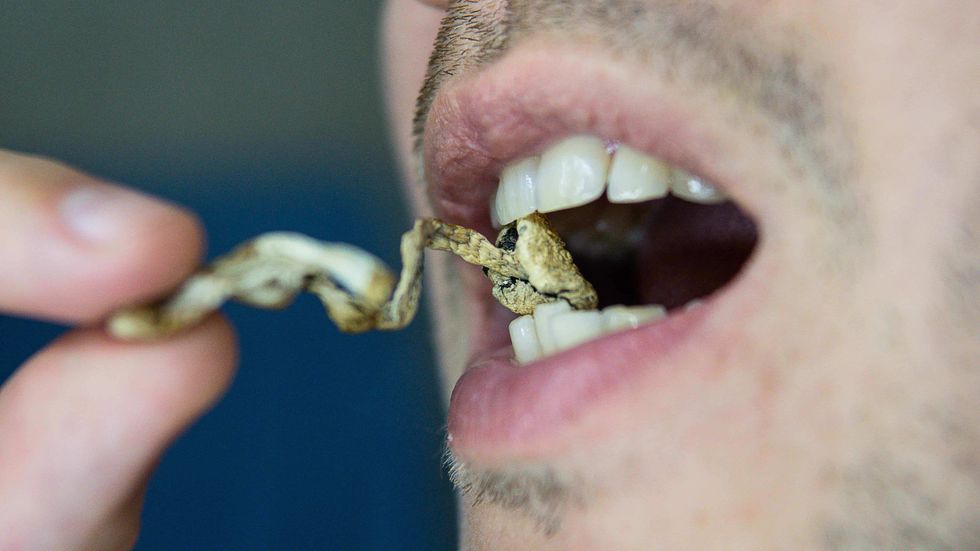 These mushrooms taste gross, but there are ways around that.
These mushrooms taste gross, but there are ways around that.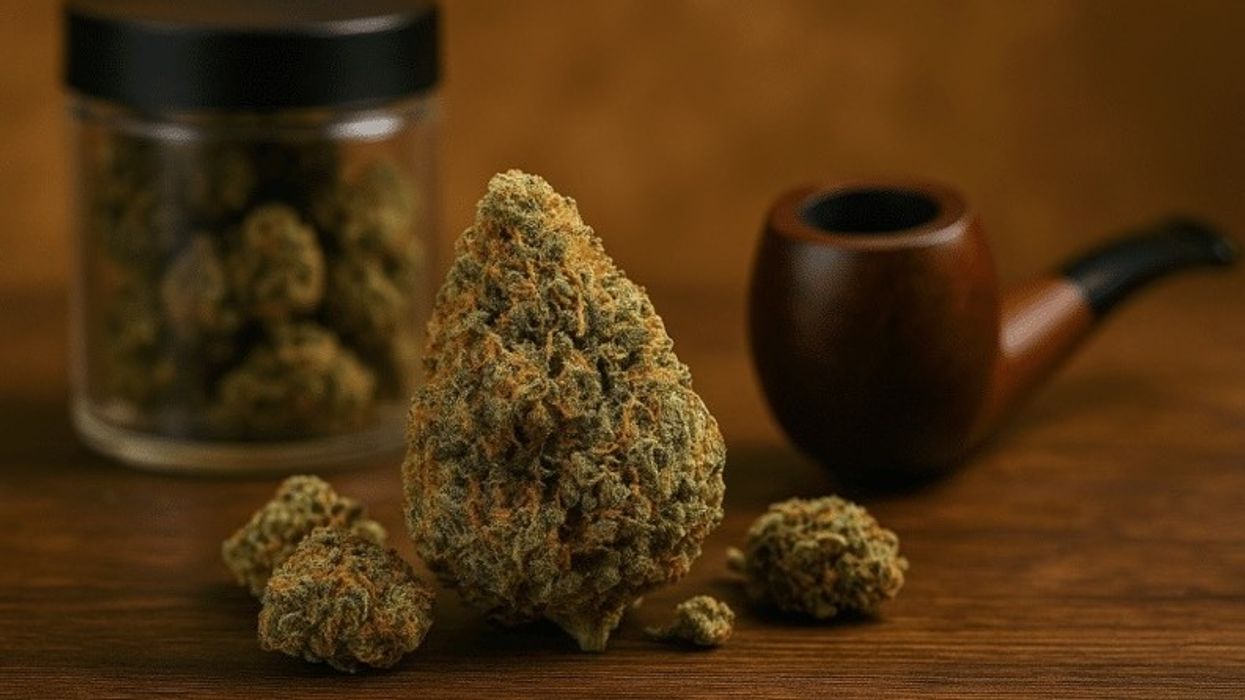
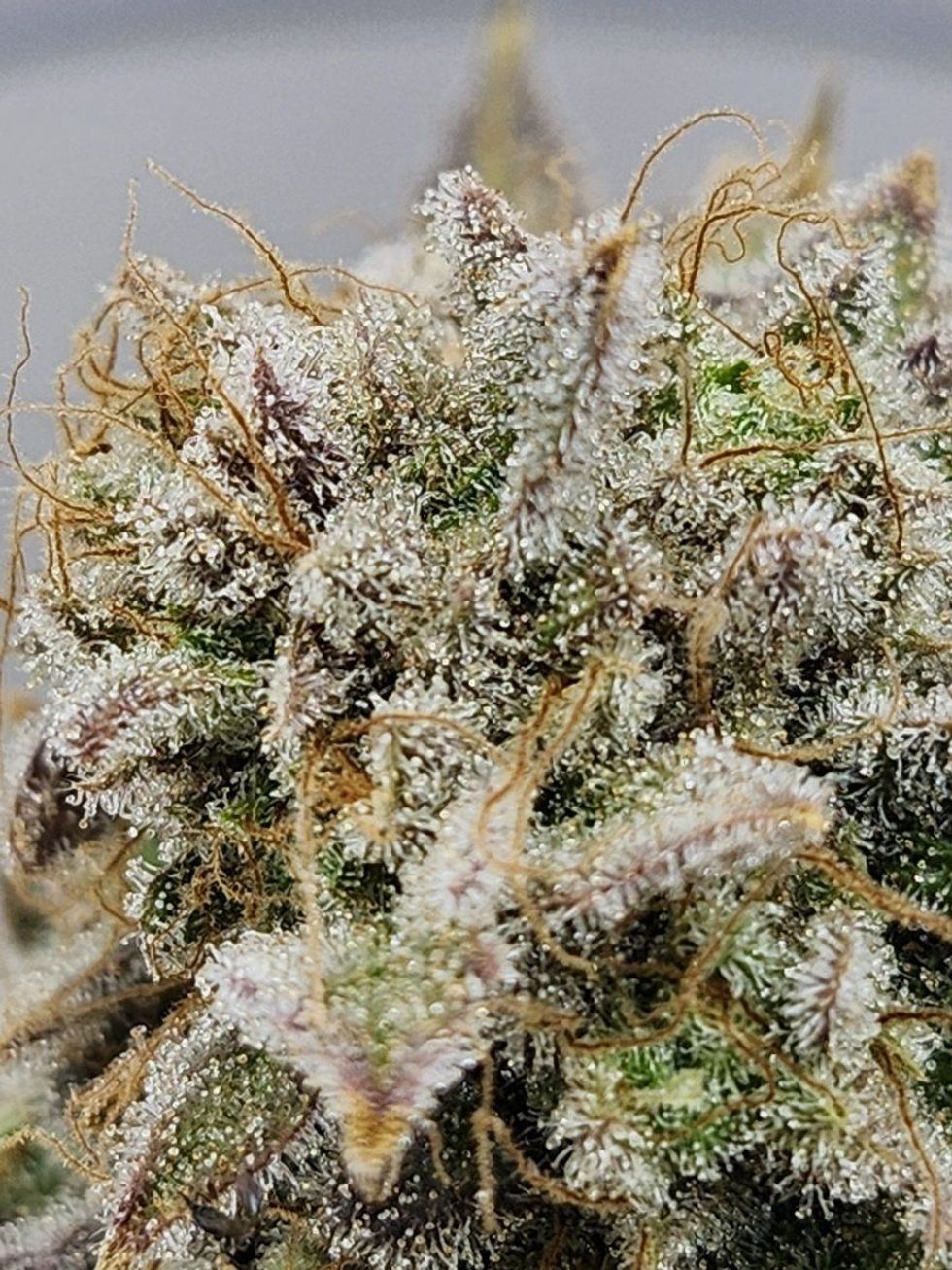 Acapulco Gold Cannabis Strain Review - The Bluntness
Acapulco Gold Cannabis Strain Review - The Bluntness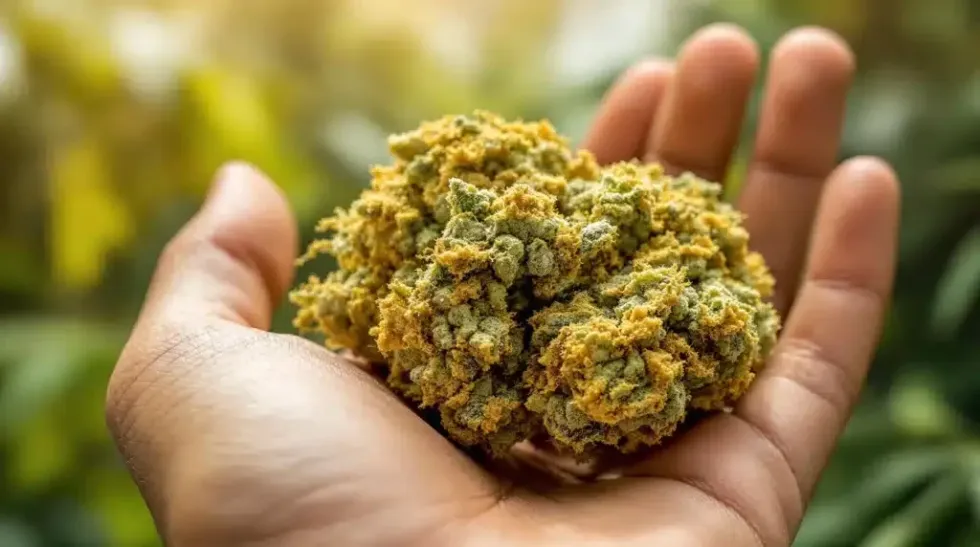 Acapulco Gold Cannabis Strain - The Bluntness Blimburn Seeds
Acapulco Gold Cannabis Strain - The Bluntness Blimburn Seeds